-
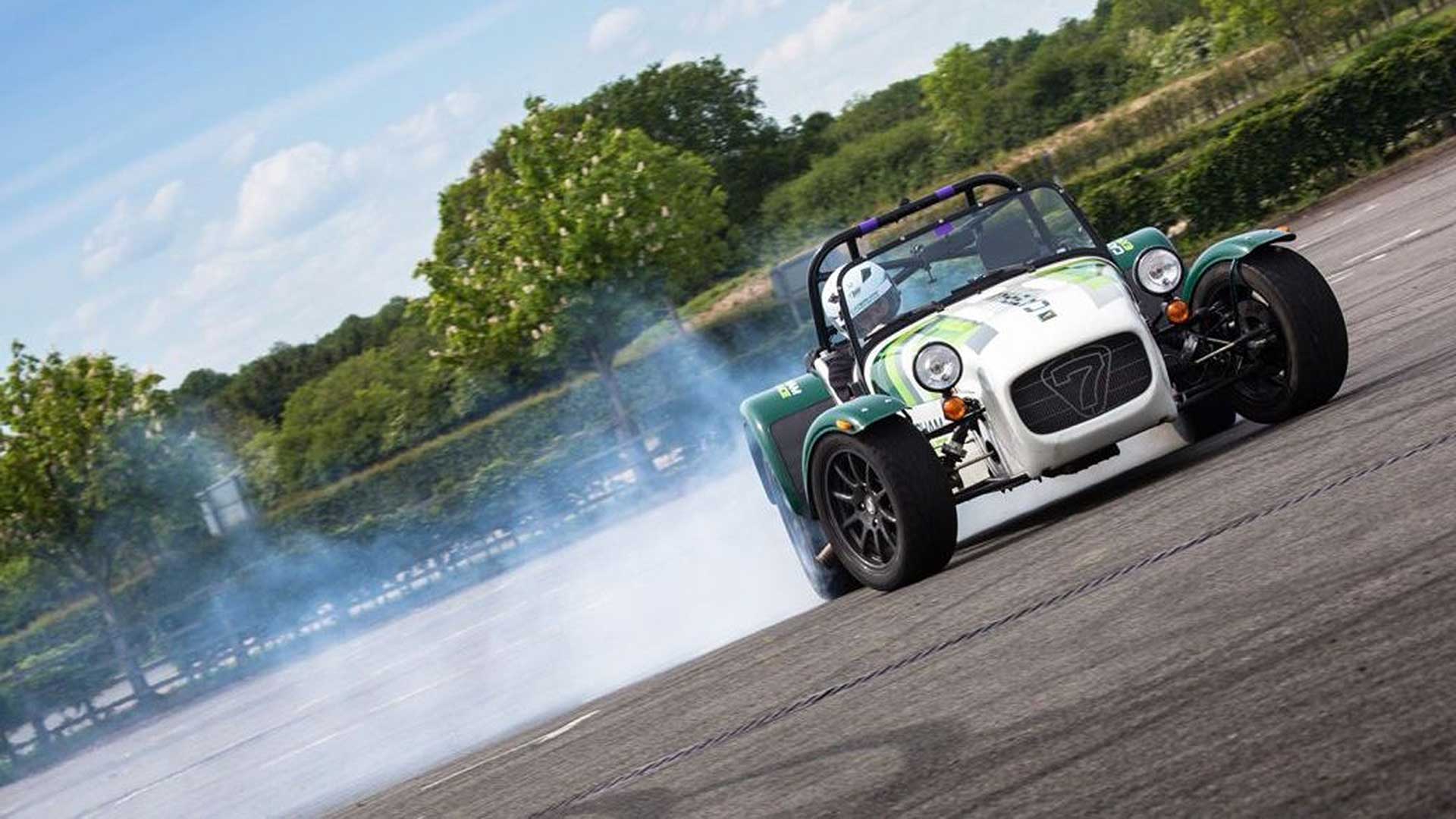
Steer from the rear
© British Motor ShowAs any racing driver will tell you, sliding sideways with your rear tyres spewing smoke isn’t the way to go fast. However, we reckon it’s how to have the most fun. The 25 cars featured here are all great for drifting. Just don’t forget to budget for a spare pair of rear tyres…
-
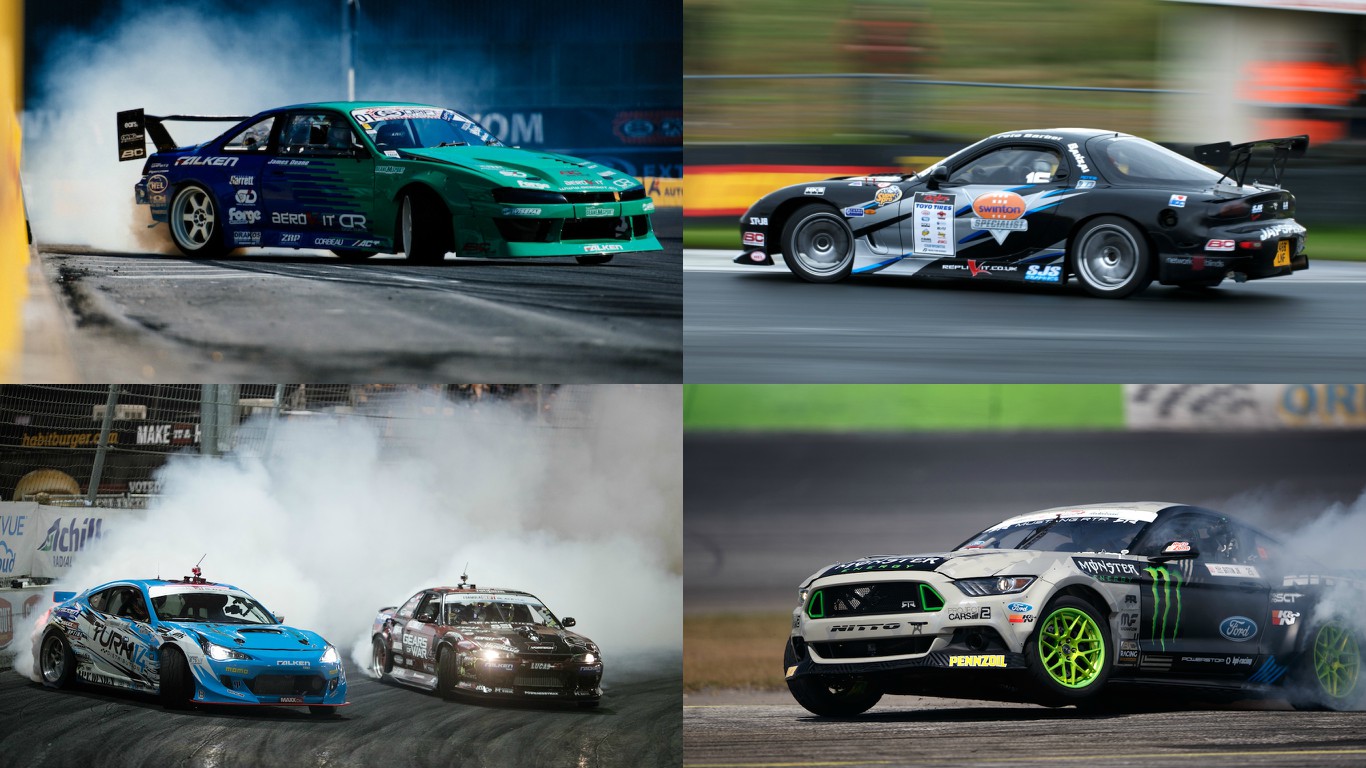
What exactly is drifting
© Motoring ResearchLet’s be clear – here we’re talking about cars predominantly (but not entirely) with rear-wheel drive, and enough power to slide on demand. That isn’t the same as lift-off oversteer – a phenomenon familiar to drivers of old school hot hatches such as the Peugeot 205, for example.
It’s also worth remembering that drifting should only ever be done on a circuit, and not on the street. Not only is it dangerous, we promise you nobody on social media will be impressed if you drift on public roads. Especially when it goes wrong.
-
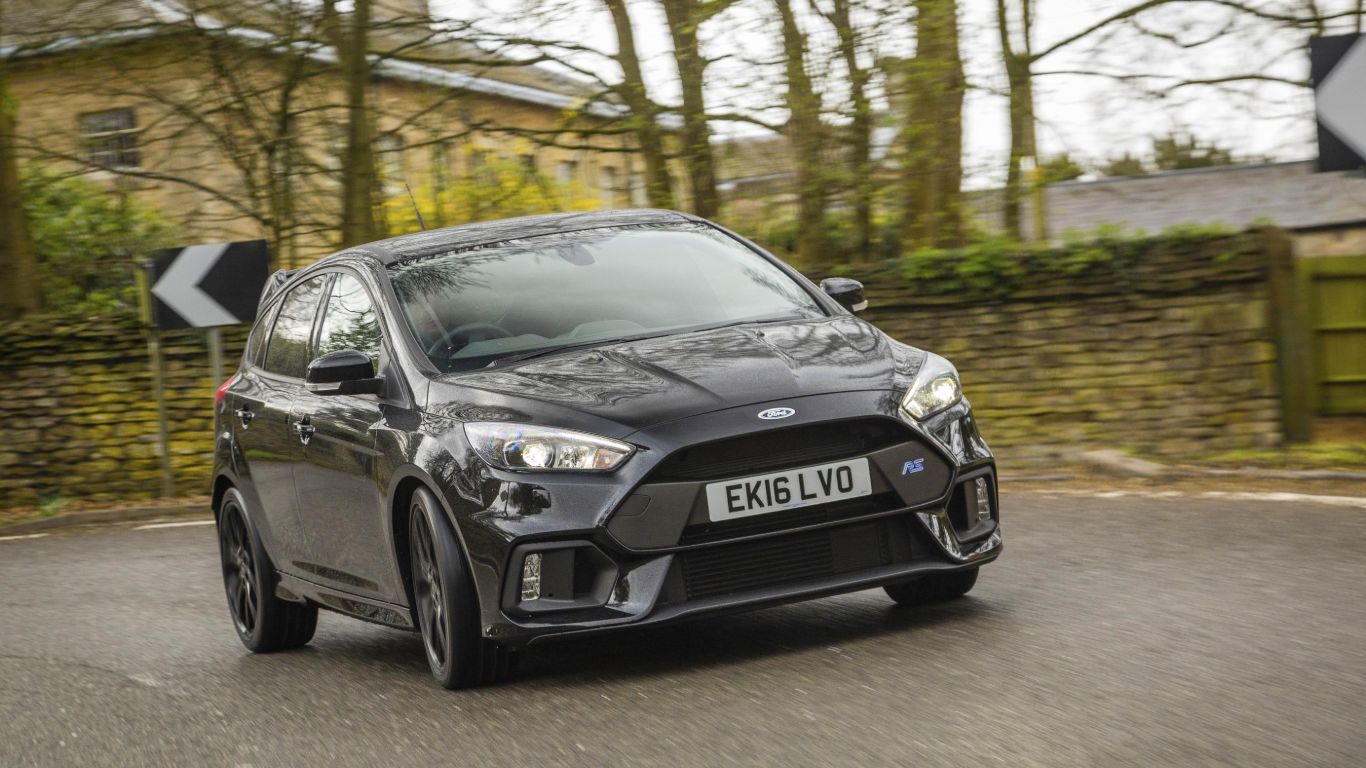
Mk3 Ford Focus RS
© FordWhat better way to get drifting than with a car that features a ready-made Drift Mode? Using it won’t instantly turn you into Ken Block, but will make getting sideways that little bit easier. Drift Mode sends 70 percent of the torque from the Ford’s 2.3-litre turbo engine to the rear axle, and initially transfers the torque to the outer rear wheel to get things moving. Once sliding, it then splits torque equally between each rear wheel to keep the drift going. The result is lurid slides, but in a controlled manner.
-
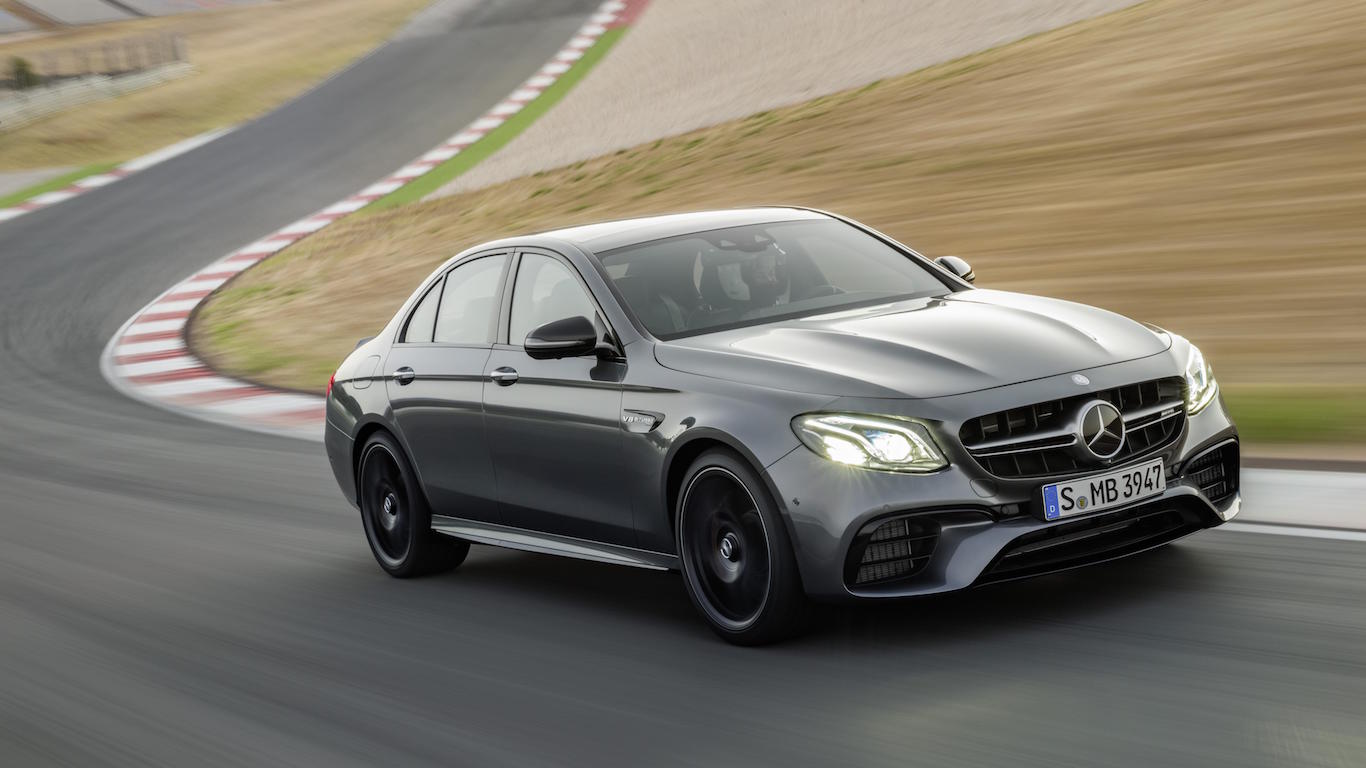
Mercedes-AMG E63 S 4Matic
© Mercedes-BenzImagine a similar ‘drift mode’ as offered by the Focus RS, but in a 604hp twin-turbo V8 super saloon. While the E63 S may be four-wheel drive most of the time, a complicated series of menu options allows you to disengage drive to the front wheels. This means 627lb ft of torque going to the rear wheels unchecked, as the ESP system is turned completely off. You’ll need a lot of space, and access to plenty of fresh tyres if you get carried away.
-
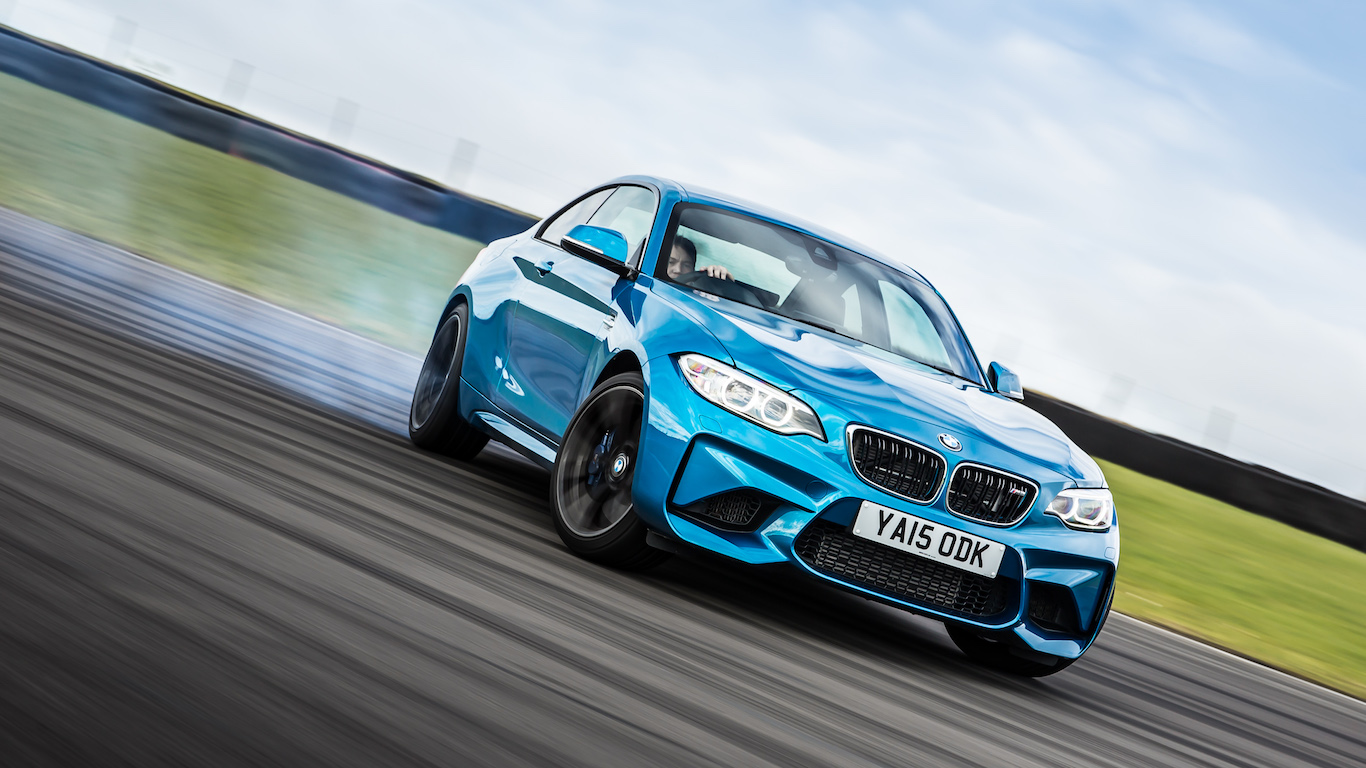
BMW M2
© BMWRear-wheel drive, a short wheelbase and a punchy 3.0-litre twin-turbo engine sound like the ingredients for a perfect drift car recipe. The BMW M2 has the ability to go sideways with relative ease, meaning it spends most of its time hemmed in by the ESP system. But select M Dynamic Mode and the stability control will allow for some oversteer on-demand before stopping the fun. There’s also the added bonus of a ‘Smoky Burnout’ launch control setting – just in case you need to finish off your rear rubber.
-
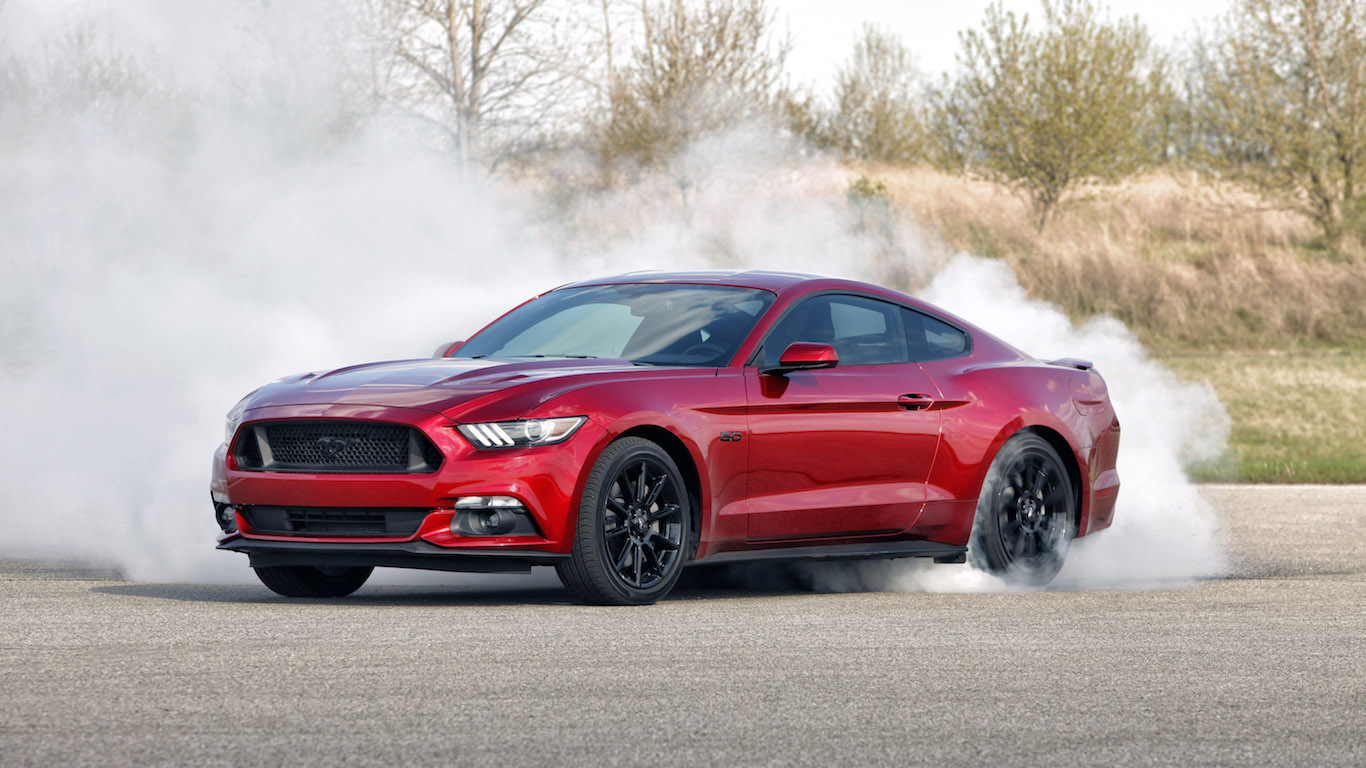
Ford Mustang GT V8
© FordThe weapon of choice for professional drift racer Vaughn Gittin Jr is a Ford Mustang, and it could be yours too, even if your name isn’t quite so cool. With the adoption of independent rear suspension for the sixth-generation Mustang, Ford eliminated much of the criticism previously levelled at the ‘Stang by drift enthusiasts. A 5.0-litre V8 engine with 435hp and 400lb ft of torque means there’s no reason why you can’t make this muscle car dance.
-
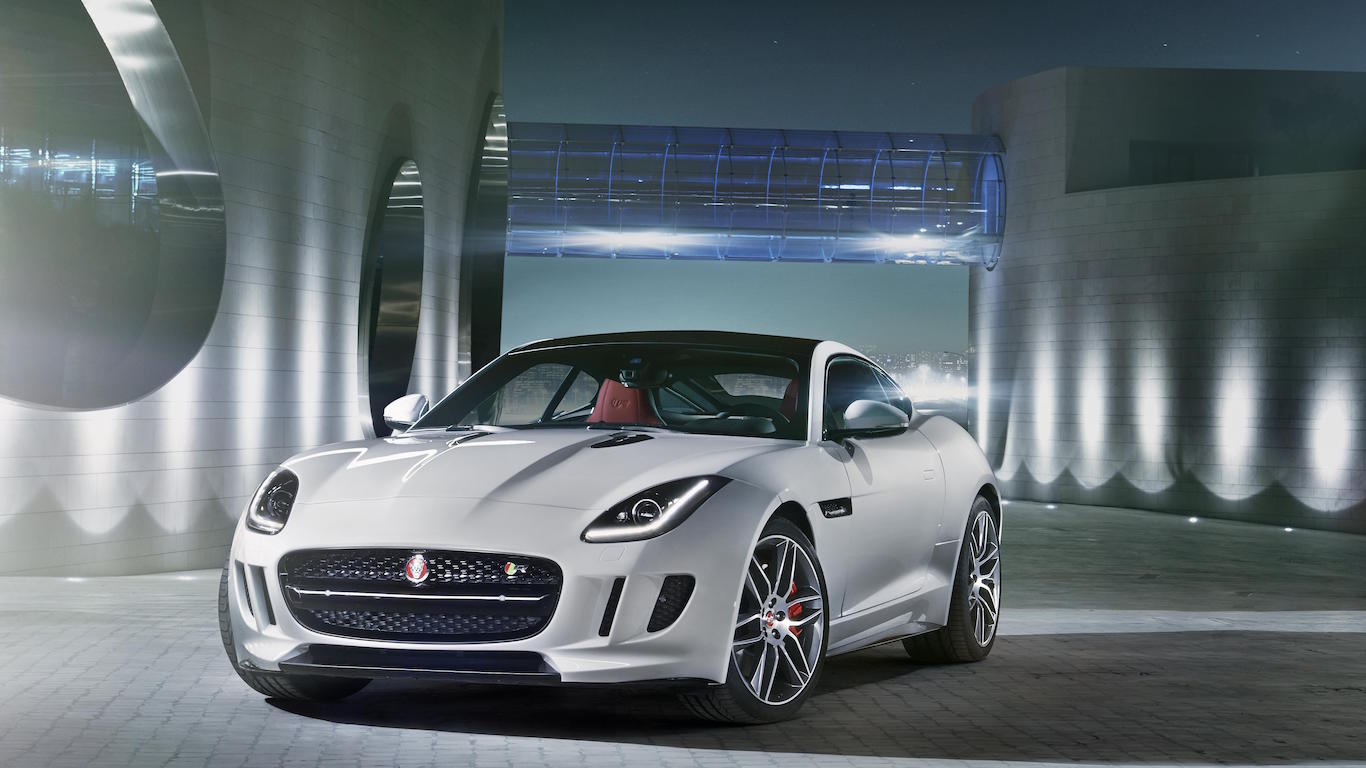
Jaguar F-Type R
© JaguarDrifting a Jaguar? Oh yes, this particular Jag likes to slide. Rather a lot in fact, although with a 542hp V8 turning the rear wheels it’s hardly surprising. An electronically controlled limited-slip differential is standard at least, making the tail-out action controllable. Jaguar later introduced the AWD version of the F-Type R for those who preferred to keep things in a straight line.
-
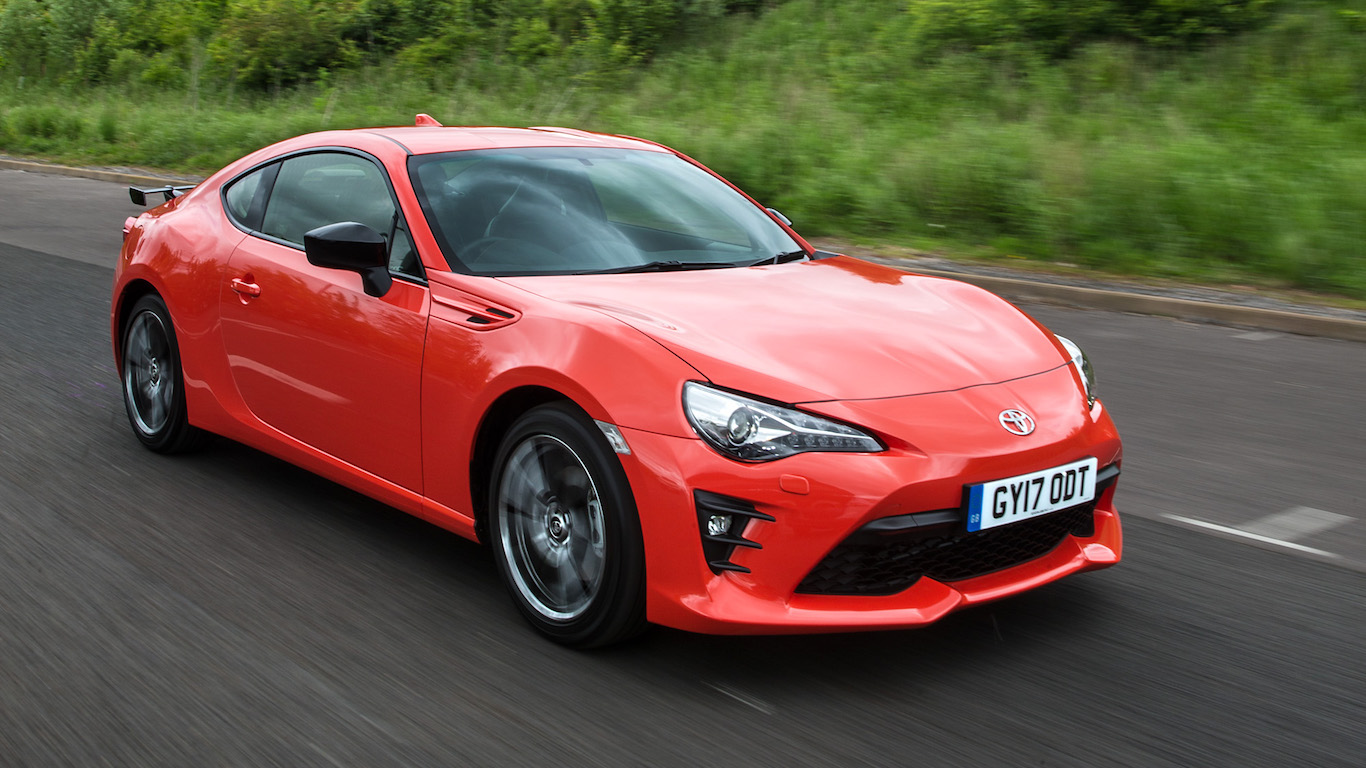
Toyota GT86
© ToyotaHow far can a Toyota GT86 drift? A rather impressive 102.5 miles, based on the efforts of one South African car journalist. It shouldn’t be surprising though, as the GT86 – and its Subaru BRZ/Scion FR-S siblings – has a natural inclination to slide. Mix rear-wheel drive with relatively narrow tyres, and even the oft-criticised power output of only 200hp from the 2.0-litre ‘boxer’ engine is enough to move the back axle. Be sure to pick the six-speed manual gearbox rather than the automatic.
-
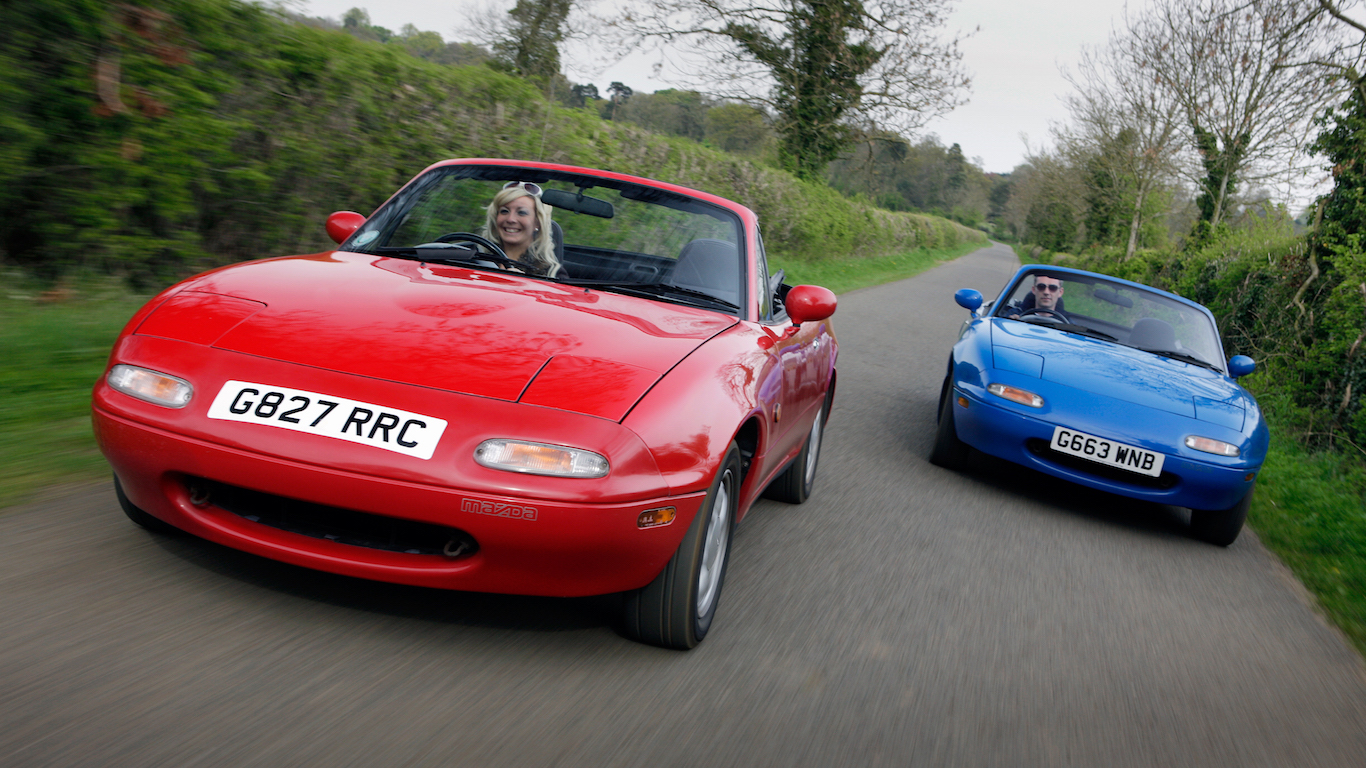
Mk1 Mazda MX-5
© MazdaCheap, plentiful and with a thriving aftermarket parts industry, the original MX-5 is often touted as the answer to many motoring questions. Ideally with the optional limited-slip differential and some cheap and narrow tyres on the back, the MX-5 will be more than happy to start sliding at fairly low speed. With any luck, you’ll develop sufficient drift skills to move on to something more powerful before rust destroys it.
-
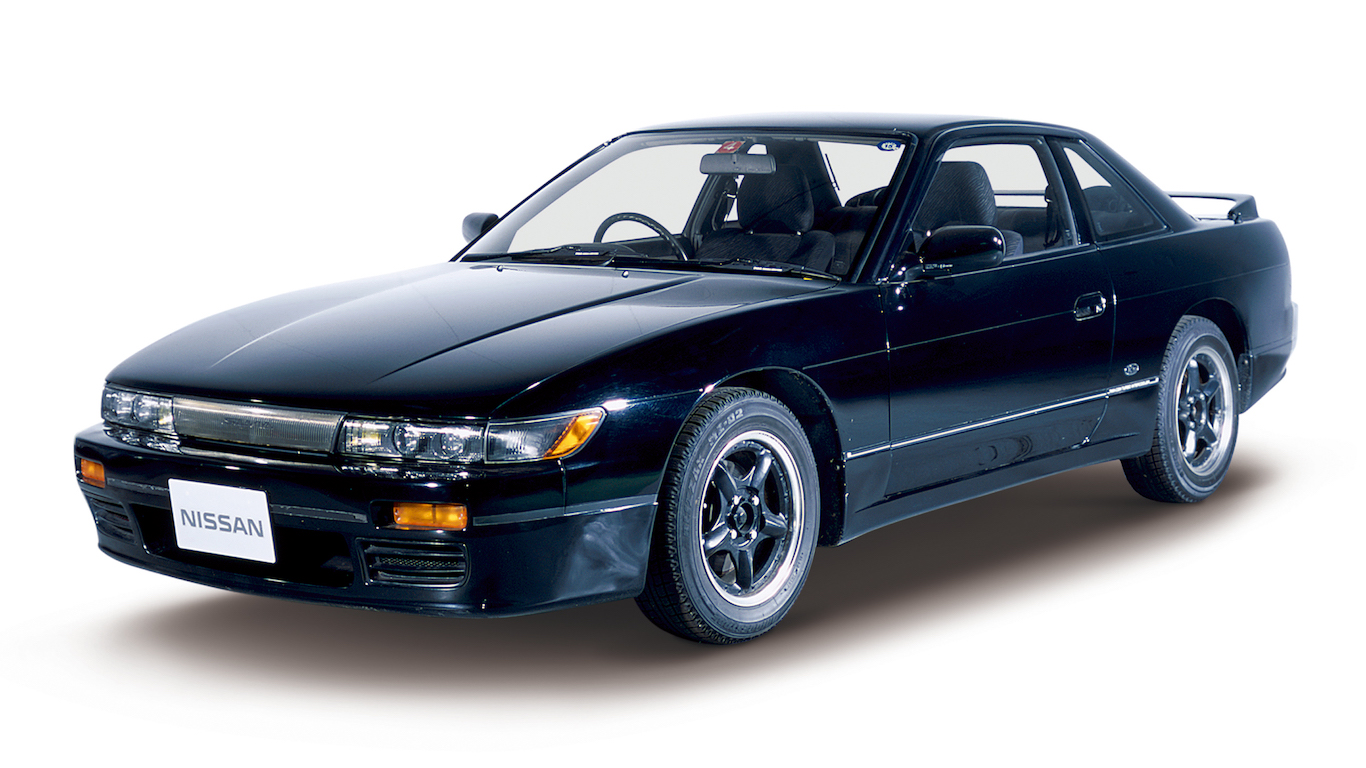
Nissan S13 Silvia
© NissanAnother contender for the perfect entry-level drift machine, the S13 may be known by various different names throughout the world, but its popularity remains consistent. The ‘SR20DET’ 2.0-litre turbo engine reinforces its drift credentials, allowing anywhere from 200hp to 500hp dependent on tuning. Pop-up headlights only add to the coolness, and a wealth of bodykits and upgrade options make it extremely appealing to those in the drift scene.
-
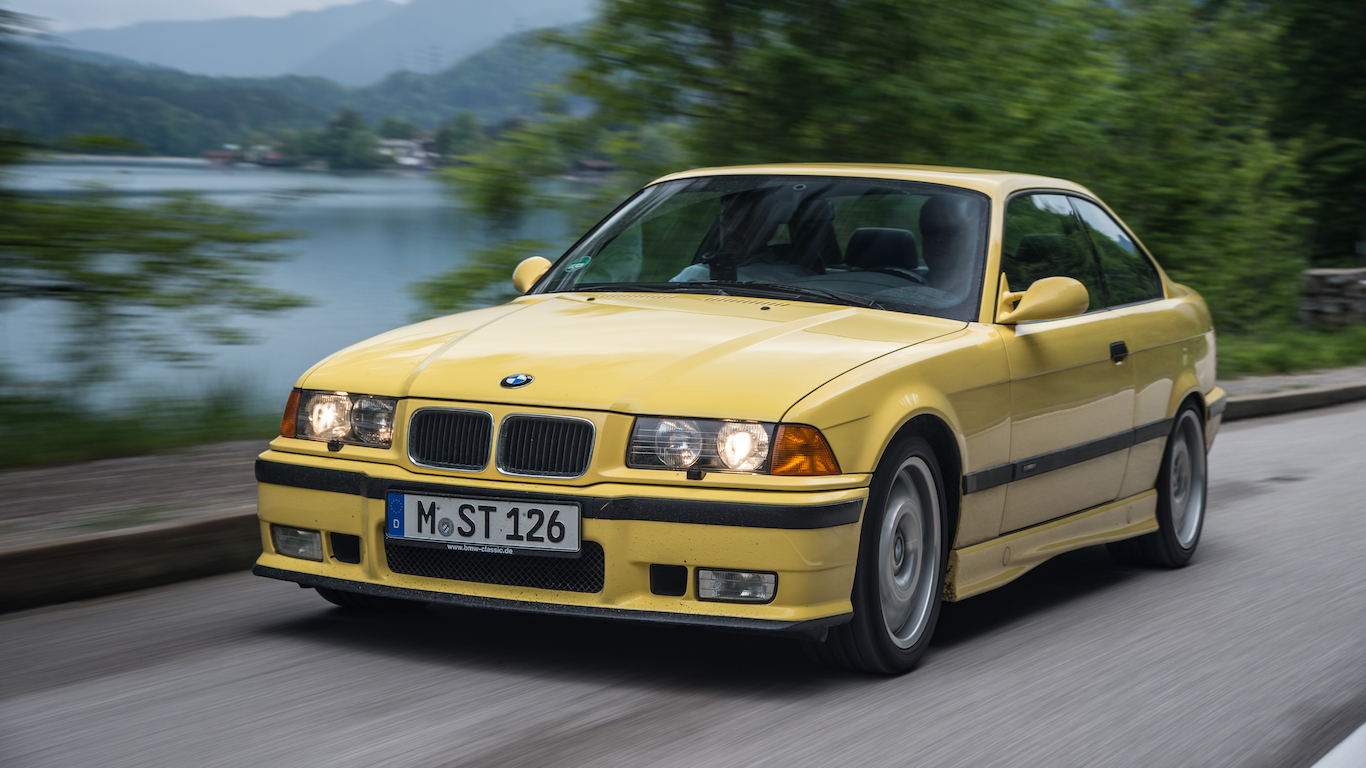
E36 BMW M3
© BMWIt may not be the most revered car to wear the M3 badge, but that works in the favour of the E36. Lower demand has helped keep prices down, meaning they become affordable options for drifting. A standard limited-slip differential is just one reason why it makes sense, while the 3.0-litre straight-six engine offers 286hp. Today, used E36 M3s can be bought for less than the price of a nearly-new supermini, but will undoubtedly be far more fun to drive. Buy one while they’re still affordable.
-
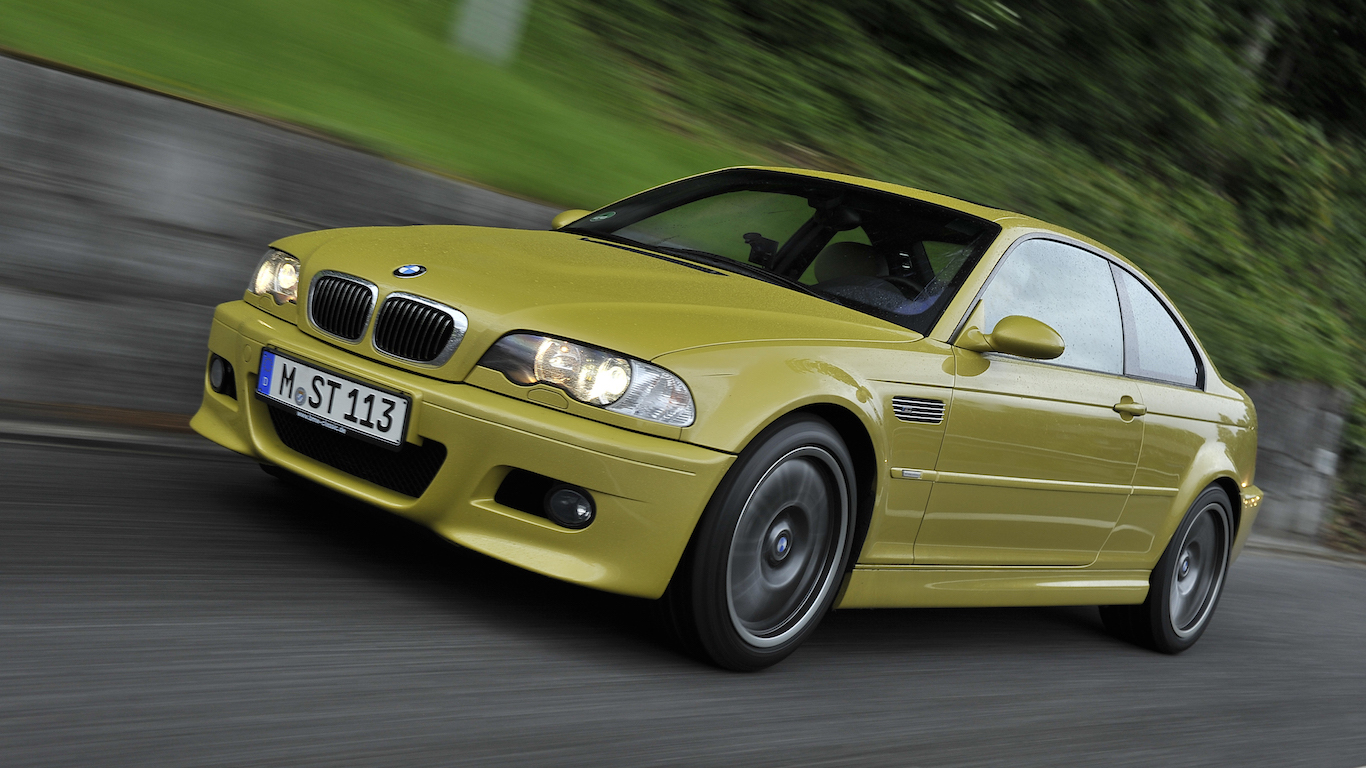
E46 BMW M3
© BMWShould your drift car budget stretch that little further, the later E46 M3 offers the same sideways thrills as the E36, but with a slightly more modern look. It also brings more horsepower to the drift arena, with 338hp from a larger 3.2-litre engine. This is often still not enough for hardcore drifters, however, so adding a supercharger is one common way to boost power. The bravest have been known to install the 500hp 5.0-litre V10 from the contemporary BMW M5.
-
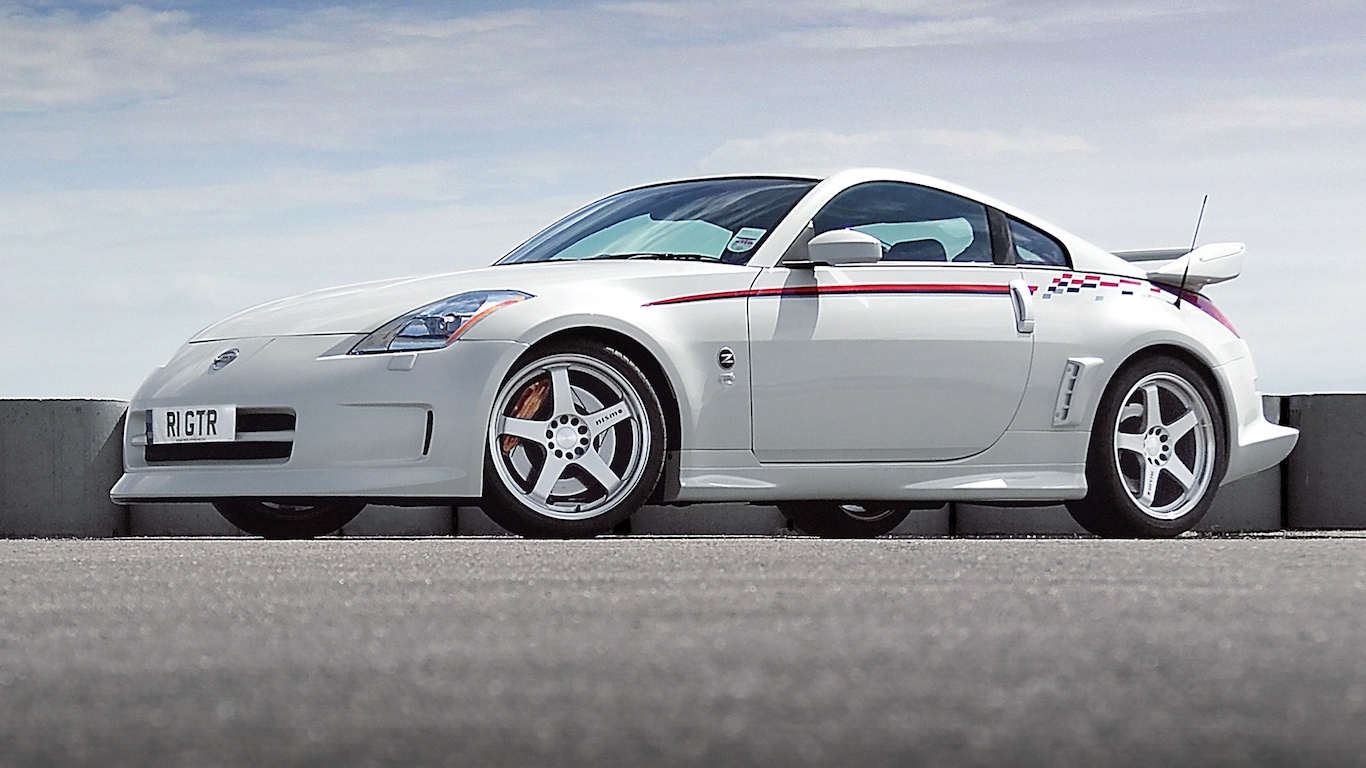
Nissan 350Z
© NissanWith rear-wheel drive and a muscular 3.5-litre V6 beneath the bonnet, the 350Z has the ability to get sideways as much as its styling suggests. Having been used in top-level Formula D and D1 Grand Prix drift competitions, there should be no doubt about the potential of the 350Z. Earlier cars offered 287hp, rising to 306hp for later versions, which is plenty of power for sideways antics.
-
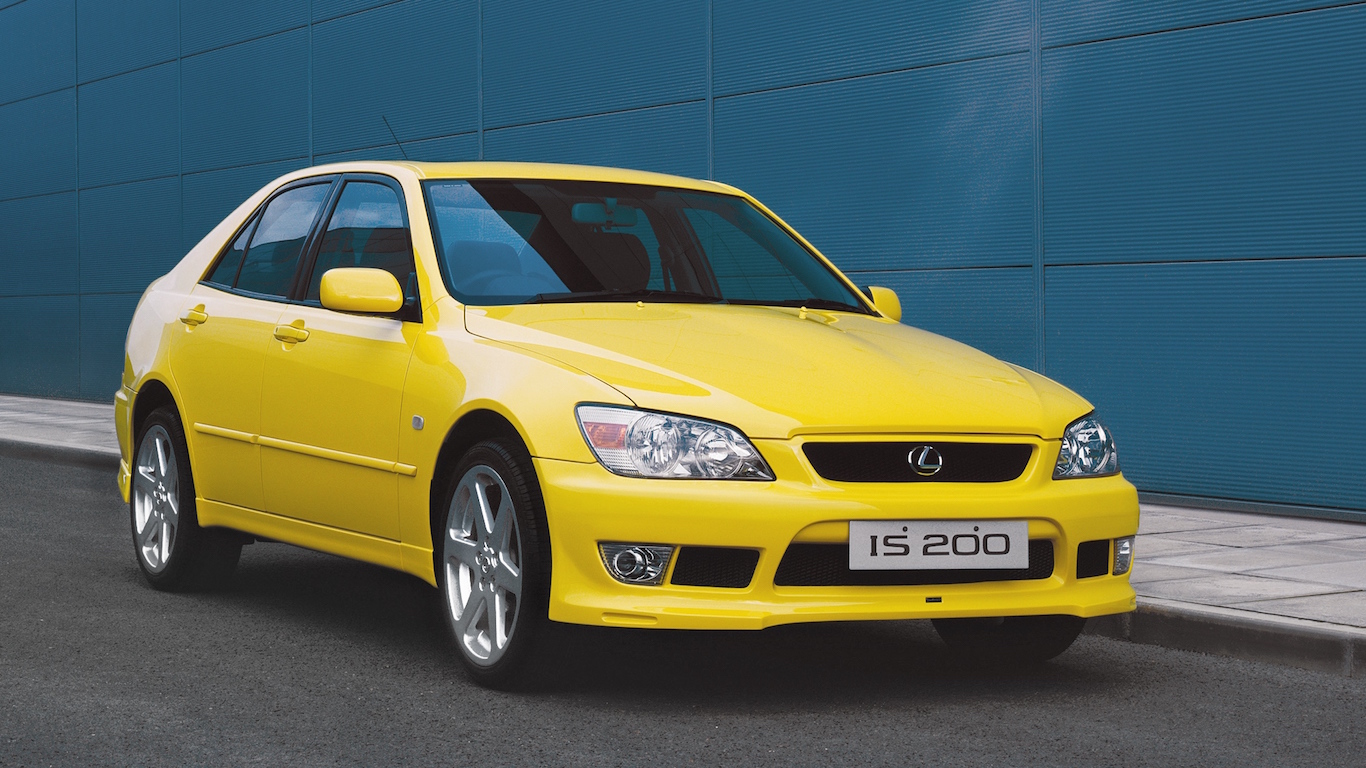
Lexus IS200
© LexusNot every drift car needs to be a coupe – even a practical saloon can get in on the action. The Lexus IS200 – or Toyota Altezza as it was known in Japan – still displays basic drift ability. A relative lack of power limits its potential in standard guise, so those wanting to really drift competitively may swap the engine for the turbocharged unit from a Toyota Supra.
-
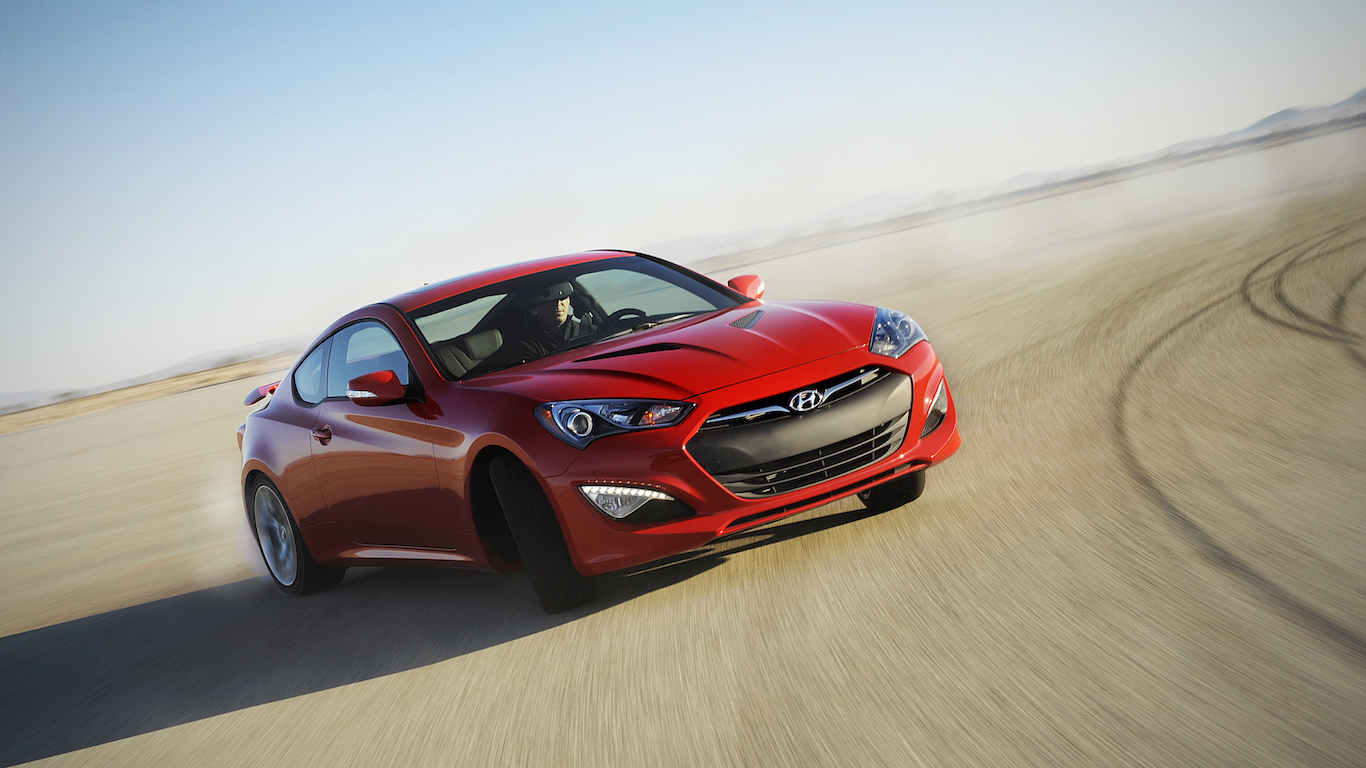
Hyundai Genesis Coupe
© HyundaiUK buyers may associate Hyundai with superminis and SUVs, but in the USA and Korea the brand produces a V6 rear-wheel-drive coupe. In 3.8-litre Track specification, the Genesis comes with 348hp, a Torsen limited-slip differential and stiffer sports suspension. Drifters are also keen on the large amount of steering lock available, which allows for sufficient counter steering to deal with really big slides. Not something you would do in an i10 hatchback.
-
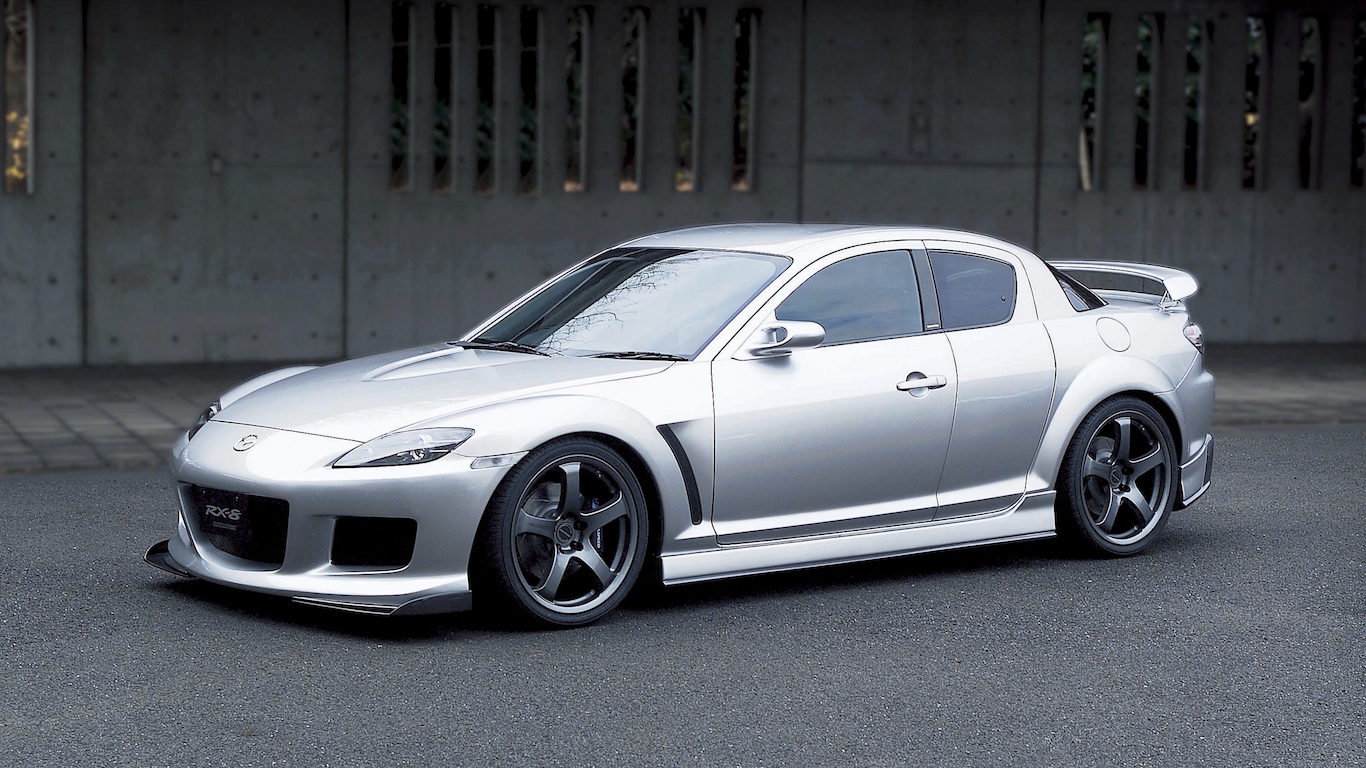
Mazda RX-8
© MazdaIf we gloss over the troublesome reputation of its rotary engine (known for failing at relatively low miles), the Mazda RX-8 is another practical car with sideways agility. With a nearly perfect 50:50 weight distribution and a standard limited-slip differential, the RX-8 is nimbler than many cars on this list. The only drawback is the low torque output from its engine, but that can be overcome by swapping it for a 5.7-litre Chevrolet V8. Doing so would likely make it more reliable, too.
-
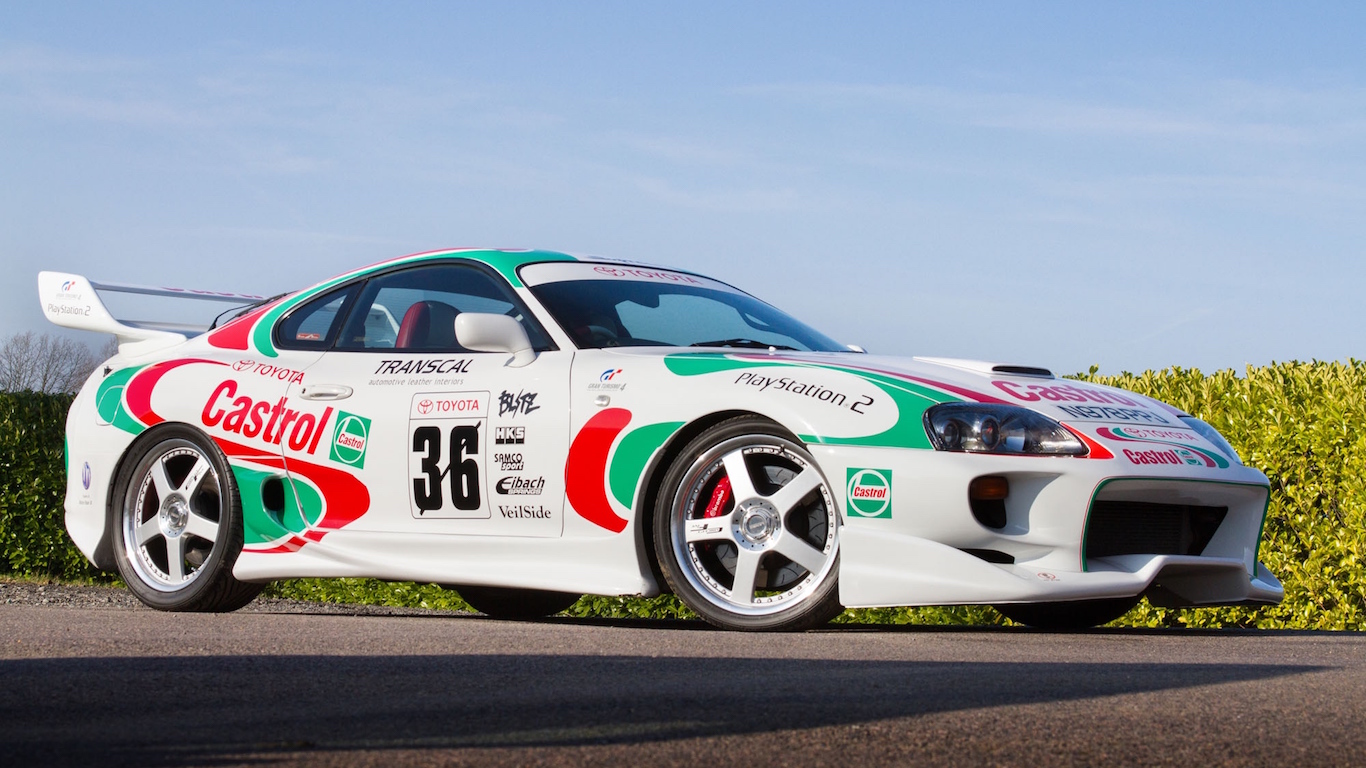
Toyota Supra
© ToyotaFor those familiar with the Gran Turismo series of video games, or the never-ending Fast & Furious movie franchise, the fourth-generation Toyota Supra is synonymous with Japanese tuning culture. However, as a weighty grand tourer, the Supra needs to go on a diet before it can really start sliding around. Thankfully the famed ‘2JZ-GTE’ engine can be tuned to over 1,000hp. Providing somebody hasn’t already taken it to fit into a Lexus IS200, that is.
-
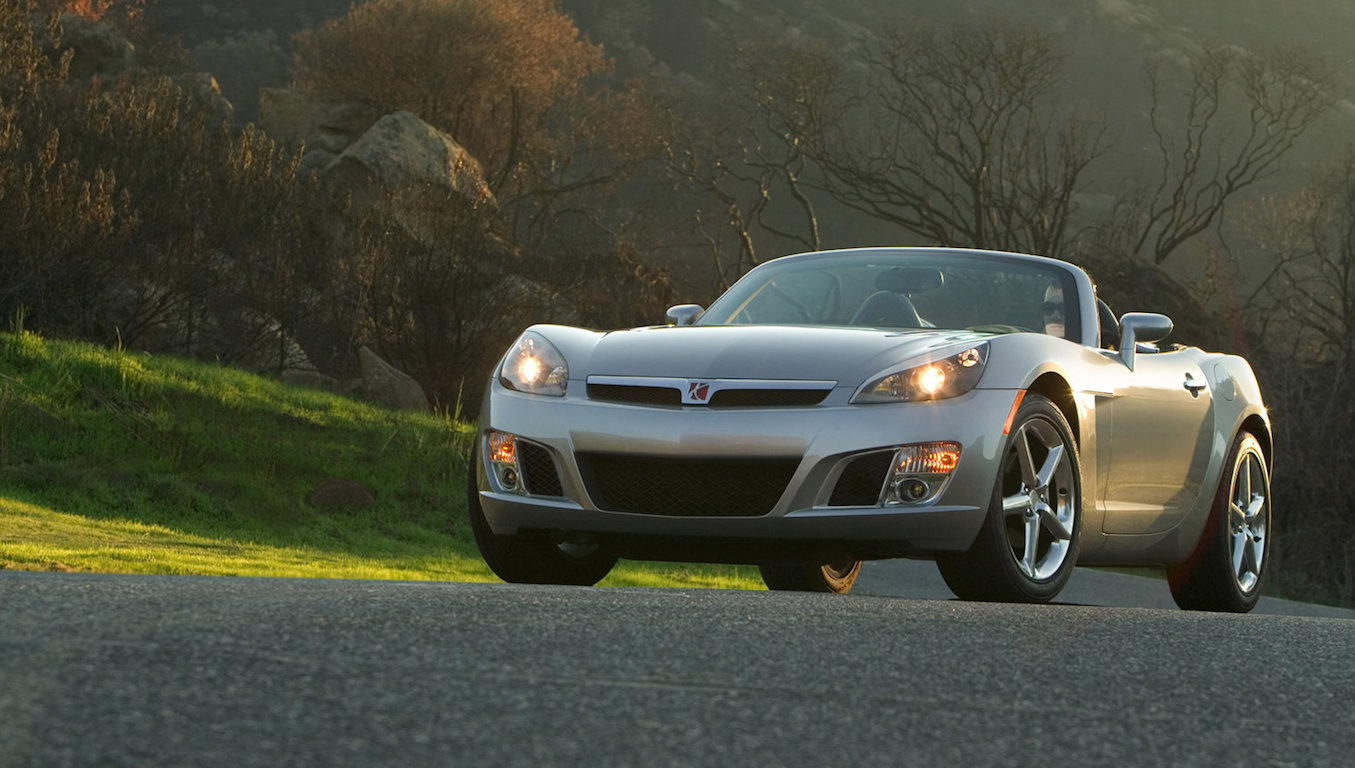
Saturn Sky Red Line
© General MotorsJust before General Motors killed off the Saturn name, it produced this compact two-door roadster with rear-wheel drive and up to 290hp. In performance Red Line trim, the Sky benefitted from a torque-sensing limited-slip differential and enhanced Bilstein suspension, making it far more capable than its cute looks might suggest. It also enjoyed a short-lived career in the Formula D drift championship, competing against the platform-sharing Pontiac Solstice.
-
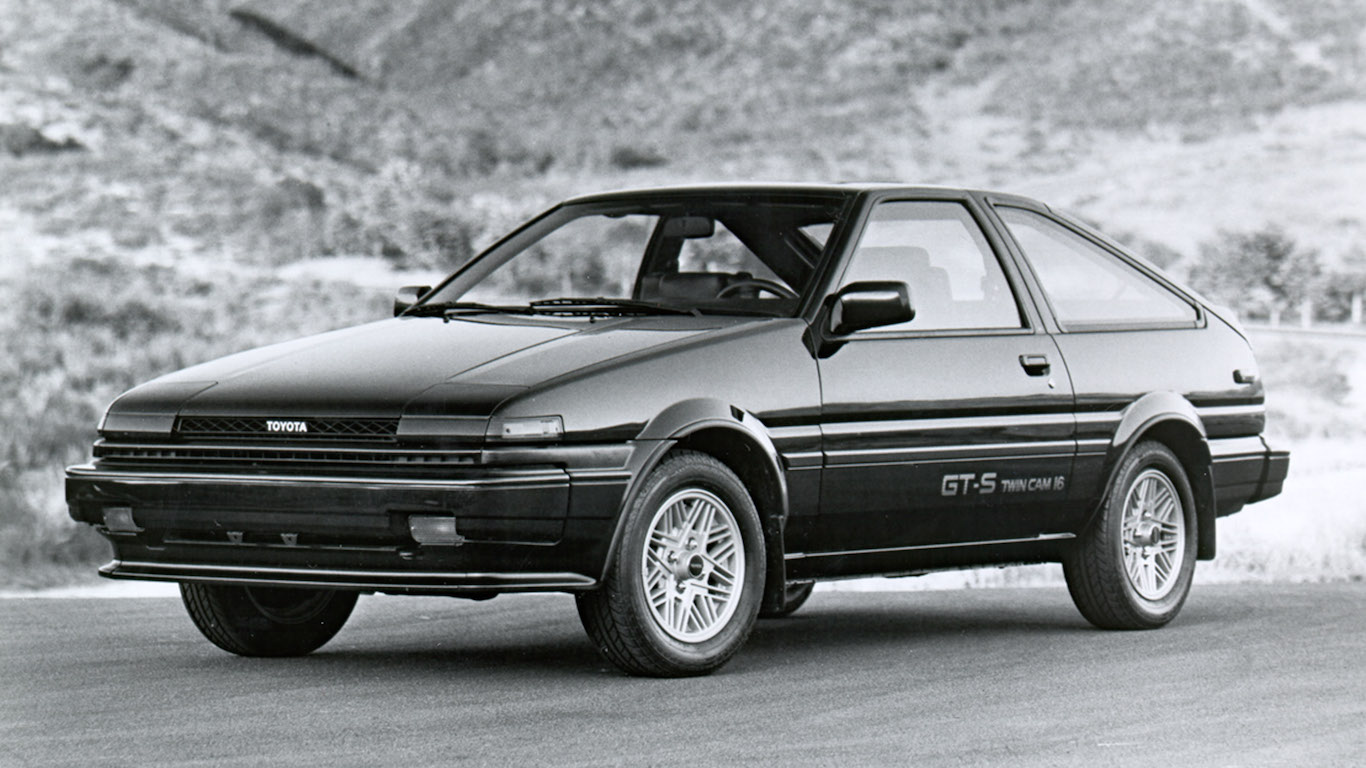
Toyota AE86 Corolla
© ToyotaThis is the famous ‘Hachi-Roku’ Toyota, credited by many as helping create the modern drift scene in the hands of Japanese driver Keiichi Tsuchiya. With a lightweight construction and short wheelbase, even the 130hp of the four-cylinder engine was enough to make wild slides possible. The AE86 was also immortalised in the Initial D manga series, something that has created a cult following for the diminutive hatchback and kept values high.
-
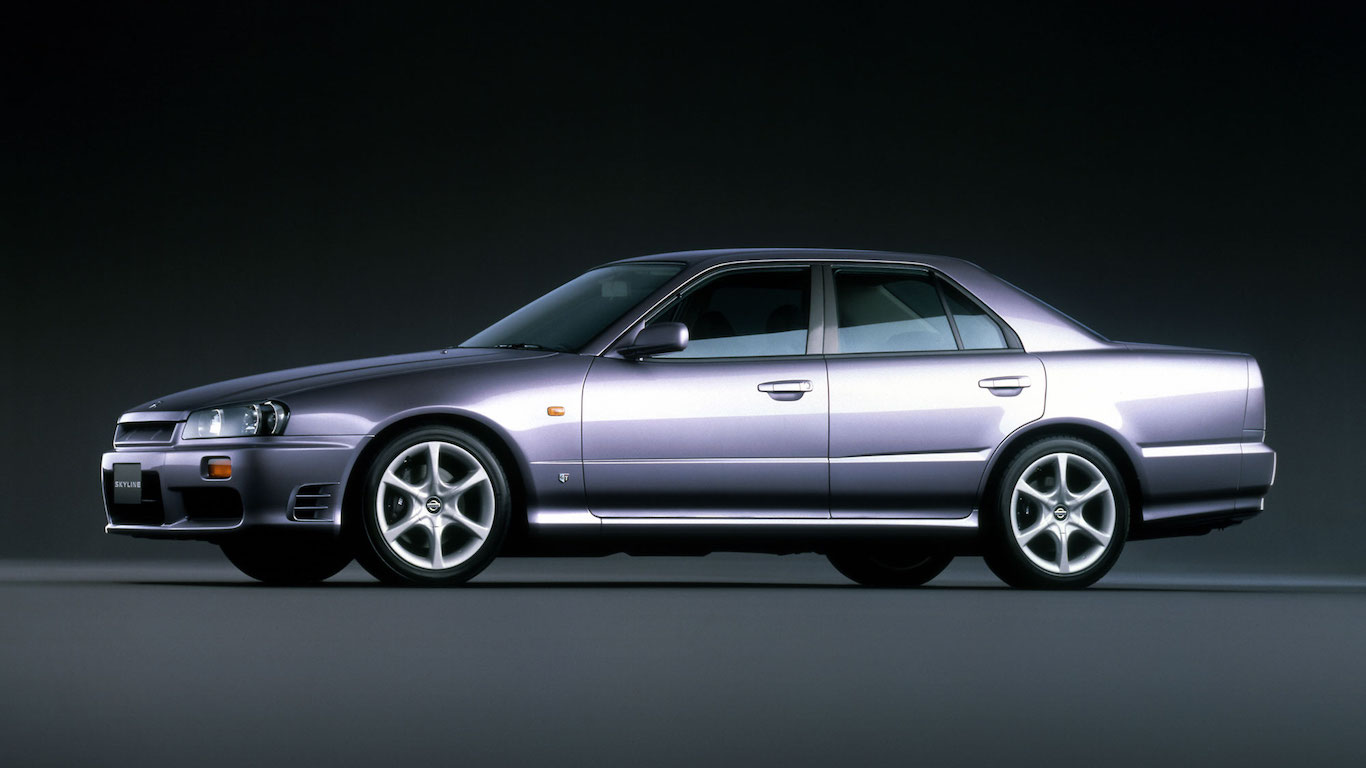
Nissan ER34 Skyline 25GT-T
© NissanWhile the AWD Skyline GT-R might be the car that gets all the attention, that grippy drivetrain is no good for drifting. Instead you need the GT-T model, which uses a 2.5-litre turbocharged straight-six, but sends power to the rear wheels only. While you can have your GT-T in a two-door coupe body, there’s something infinitely cooler about opting for the four-door saloon. You can even convince yourself that it’s a practical family car.
-
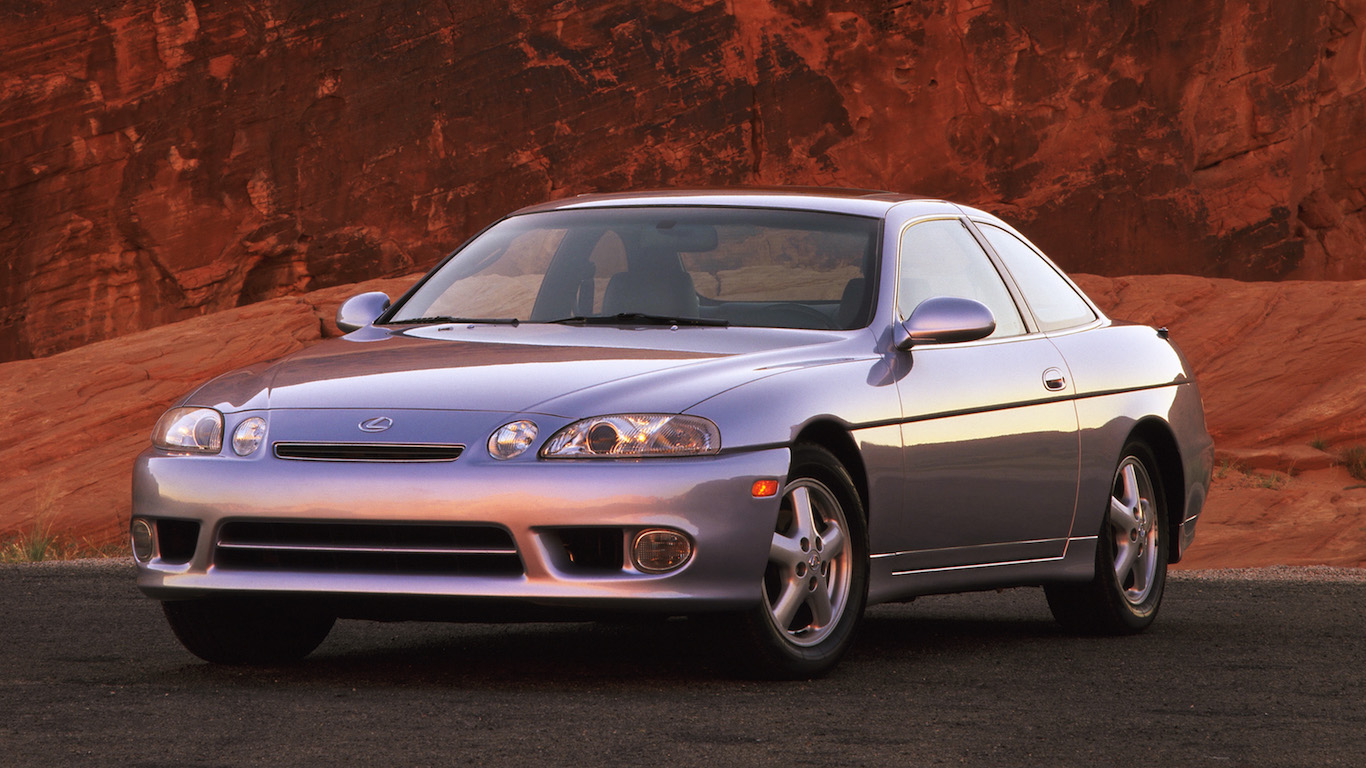
Lexus SC300
© LexusAlso known as the Toyota Soarer, the Lexus SC was pitched as a rear-wheel-drive luxury grand tourer to rival Mercedes-Benz and Infiniti. Initially available with a 4.0-litre V8, in 1992 the SC300 was launched with a 3.0-litre straight-six, just ripe for the addition of a hefty turbocharger. This has made it popular with drifters moving up the ladder to more powerful machinery, but the SC300 does require a radical diet to shift the added bulk of leather seats and wood interior trim.
-
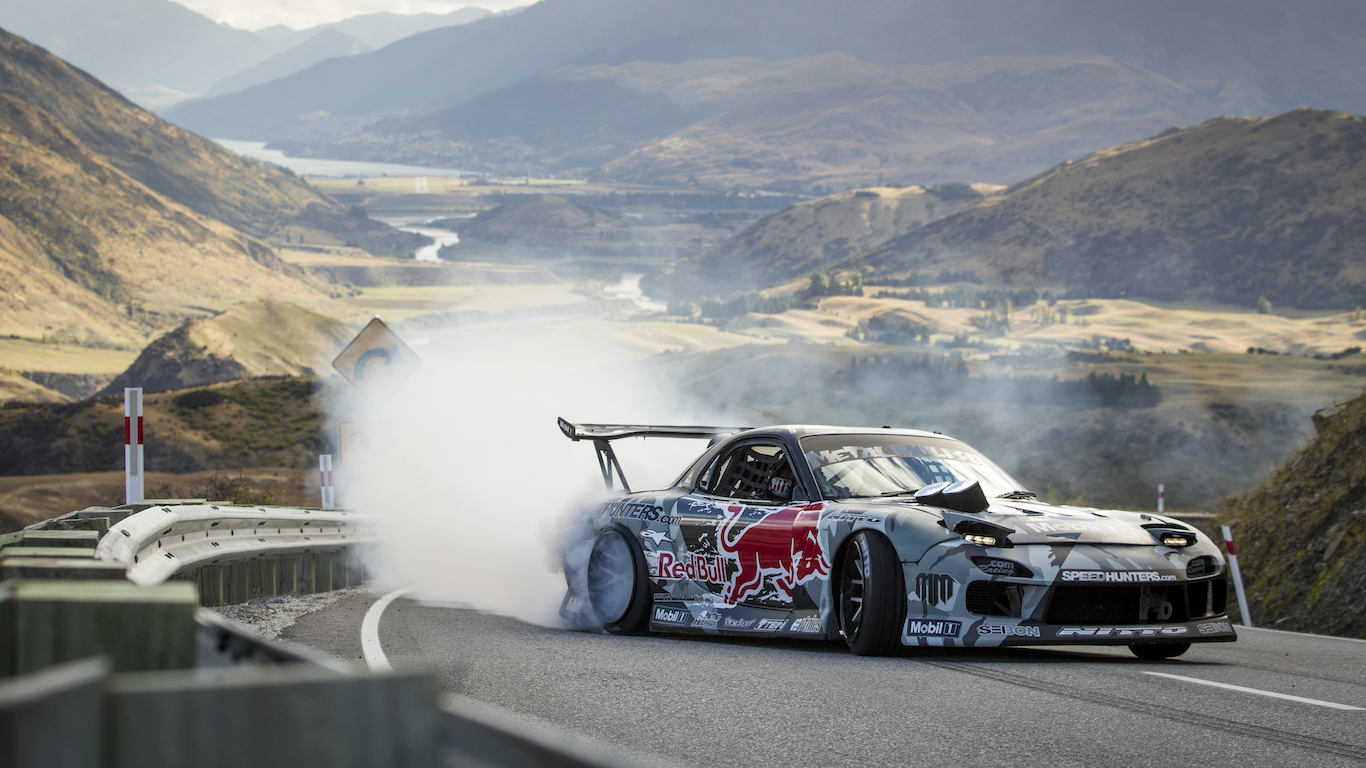
Mazda FD RX-7
© MazdaAs with the RX-8, the RX-7 uses a characterful but delicate rotary engine, here with the added bonus of twin turbochargers. This means up to 276hp, and the potential for plenty more with modifications. The car pictured belongs to ‘Mad Mike’ Whiddett, a professional drift racer from New Zealand, and is known as the Madbul. With up to 537hp at the rear wheels, it represents what can be achieved with an RX-7.
-
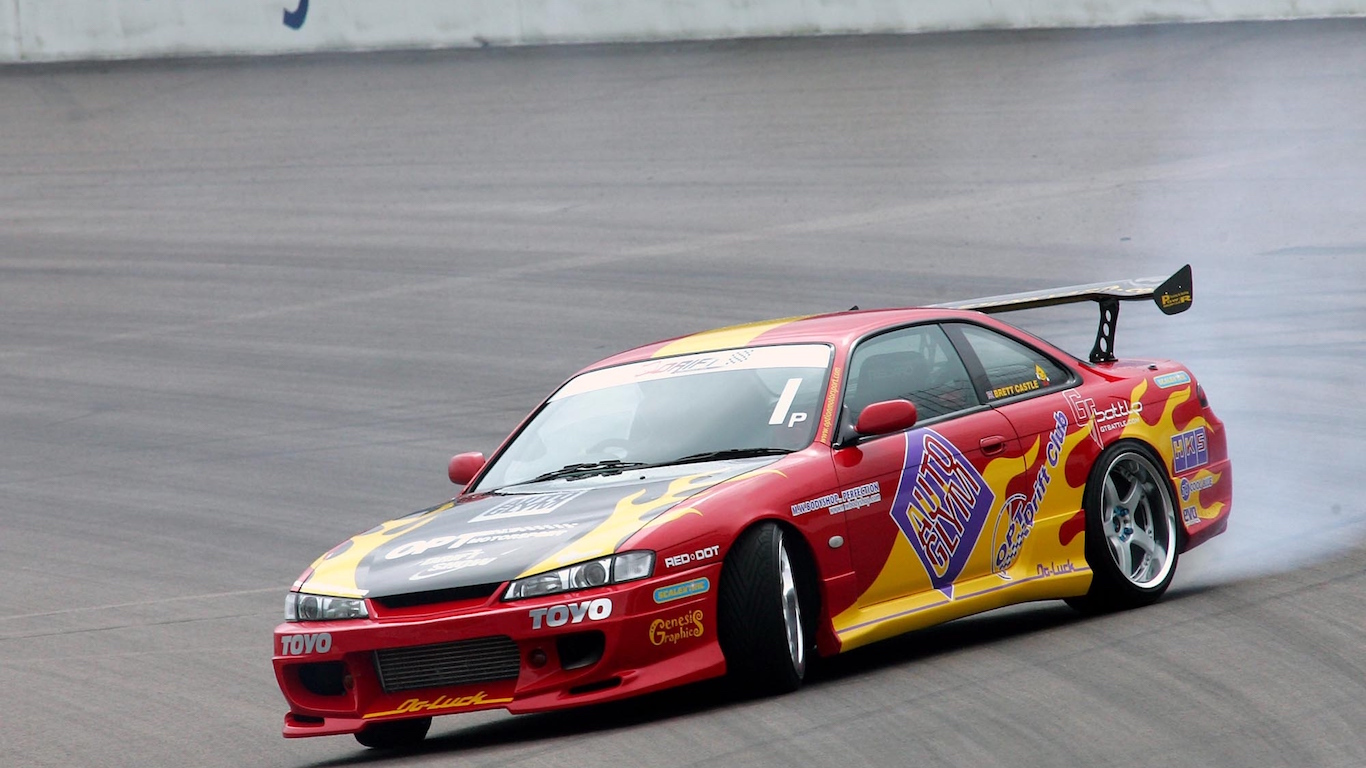
Nissan S15 Silvia
© NissanUnlike previous generations of Nissan Silvia, the S15 was created to go fast on track rather than simply for drifting. That meant out with the old viscous limited-slip differential, and in with a new helical one. It also gained a new six-speed gearbox and 250hp turbocharged engine, along with bigger brakes and uprated suspension. Drifting fun is still available, you’ll just need to work harder to unlock it.
-
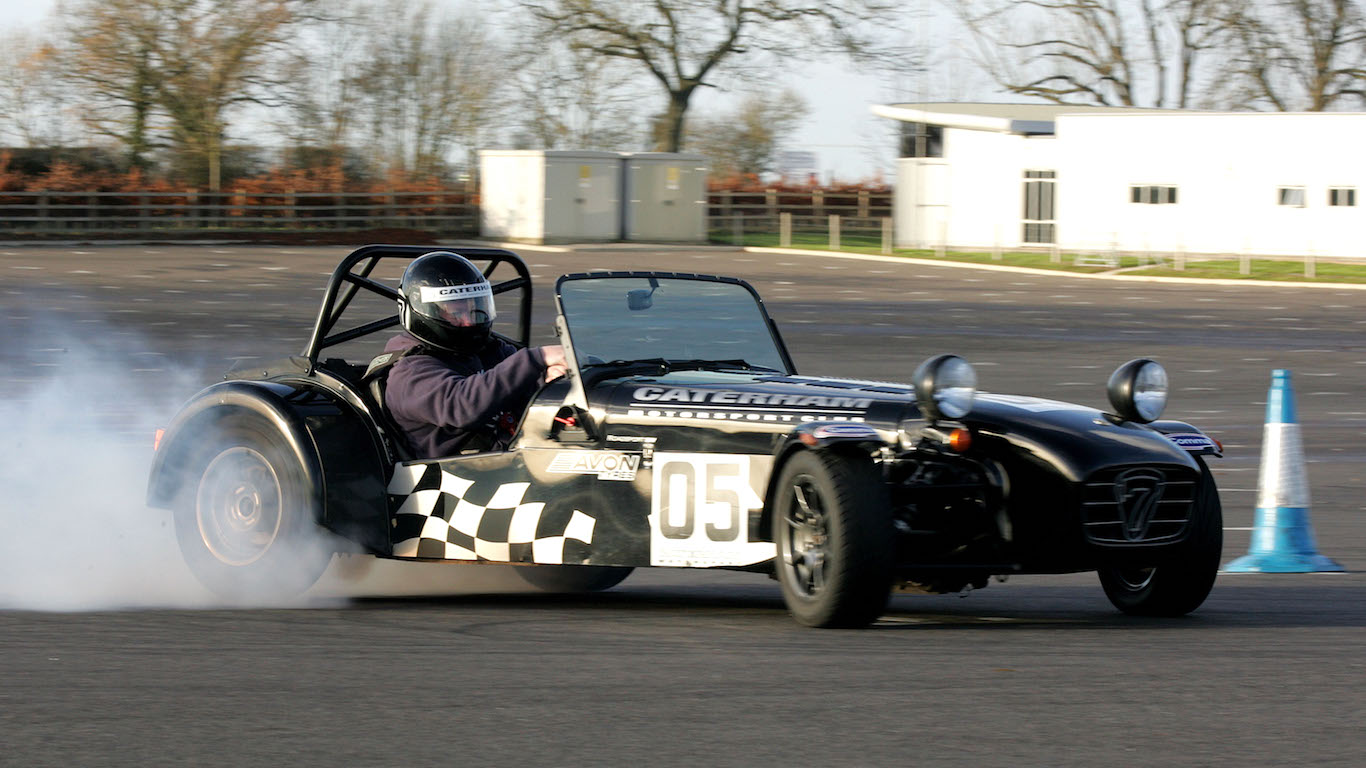
Caterham Seven
© CaterhamIf working hard for your drift is important, look no further than the Caterham Seven. On paper it sounds so easy, with ultra-lightweight construction and power to the rear wheels. Caterham even offers drifting experiences at UK circuits such as Brands Hatch. But being so sensitive to throttle and steering responses means the hard work comes in keeping it sideways through longer corners. Be brutal and you’ll probably end up facing the wrong way.
-
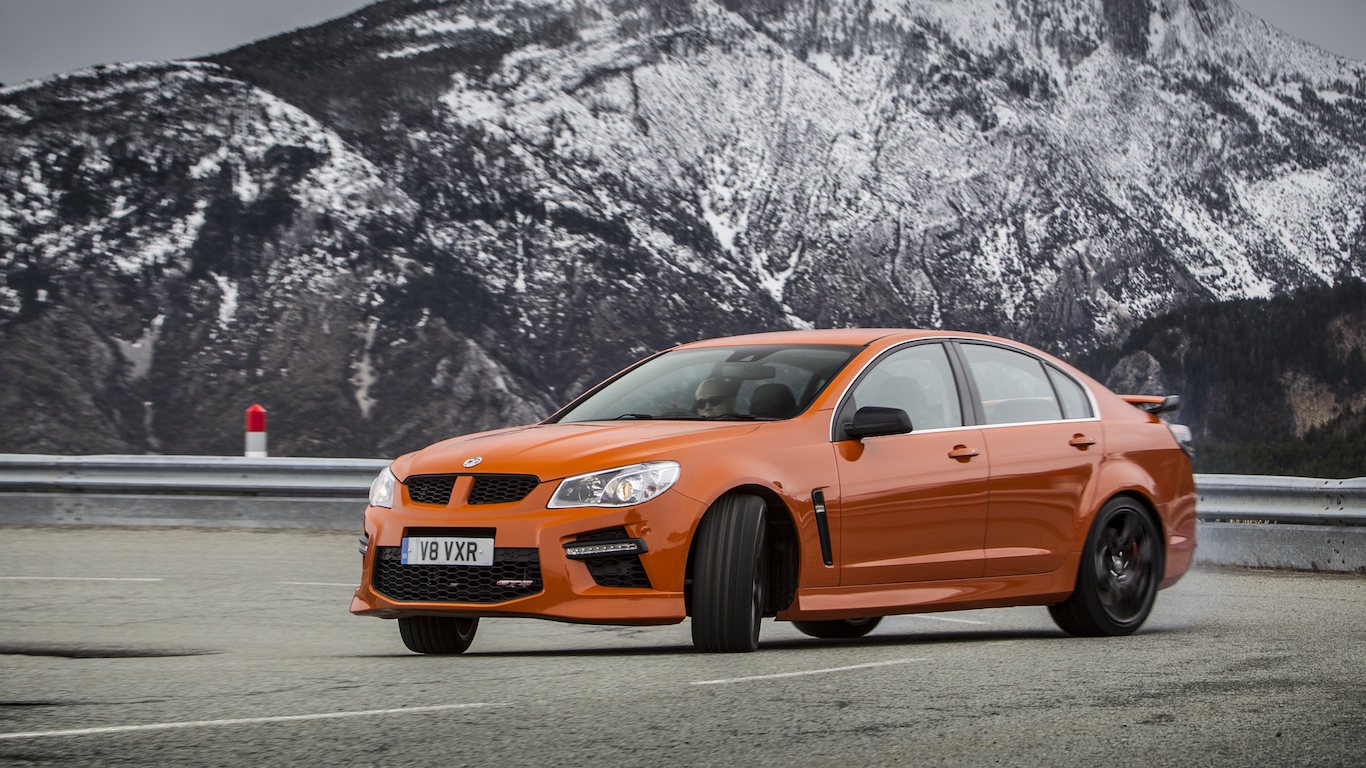
Vauxhall VXR8 GTS
© VauxhallFeeling brave? Then welcome to the world of drifting a 6.2-litre V8 muscle car, originating from Down Under. As a thinly disguised Holden HSV GTS, the VXR8 packs 585hp from an engine shared with the Chevrolet Camaro ZL1. Thanks to its monster engine, the VXR can pull lurid slides for as long as you dare.
-
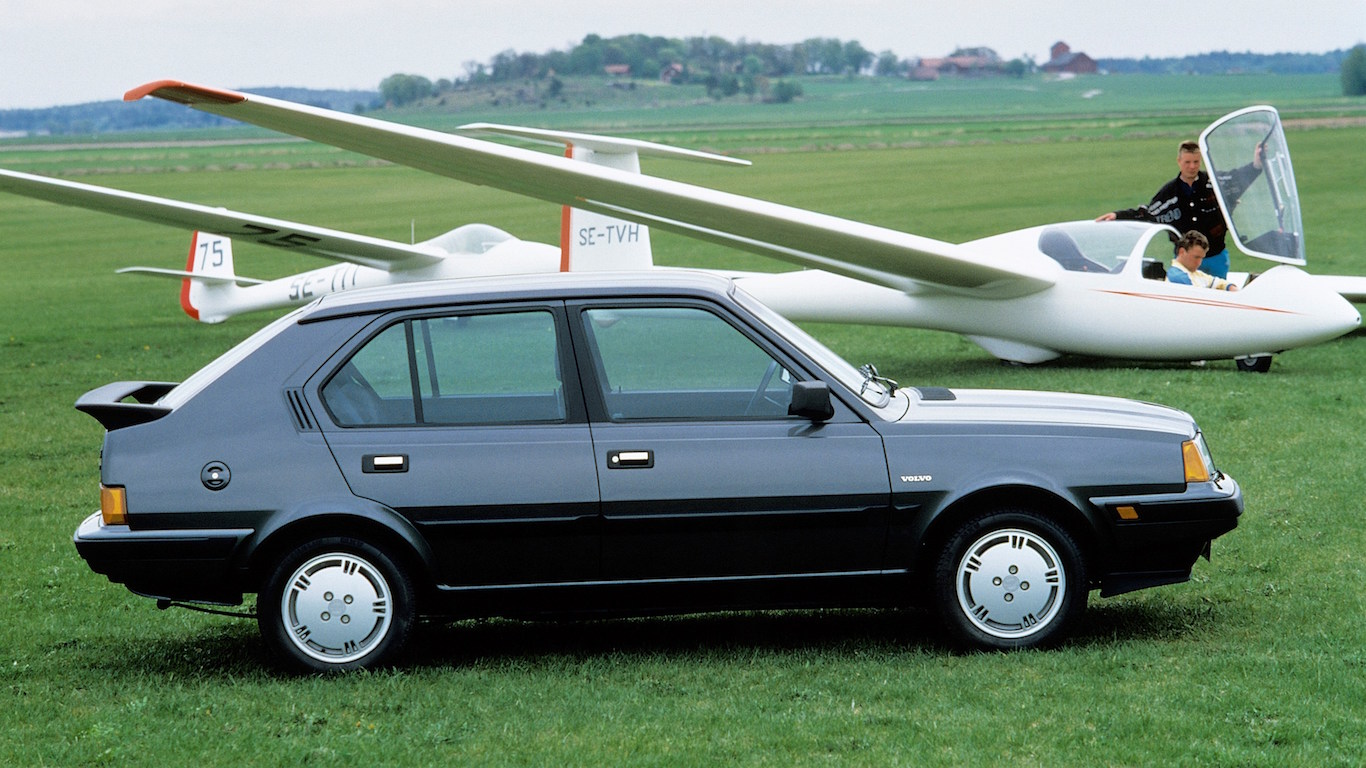
Volvo 360 GLT
© VolvoStop laughing; we’re being completely serious here. While it may look like something your grandmother would (and probably did) drive, this Volvo does have genuine drift potential. This comes courtesy of standard rear-wheel drive, but also the gearbox being a rear-mounted transaxle that aids weight distribution. The 360 GLT is the pick of the range, with the 2.0-litre engine being the only with sufficient torque to enable drifting. Just try to think of a decent explanation to friends and family when you buy one.
-
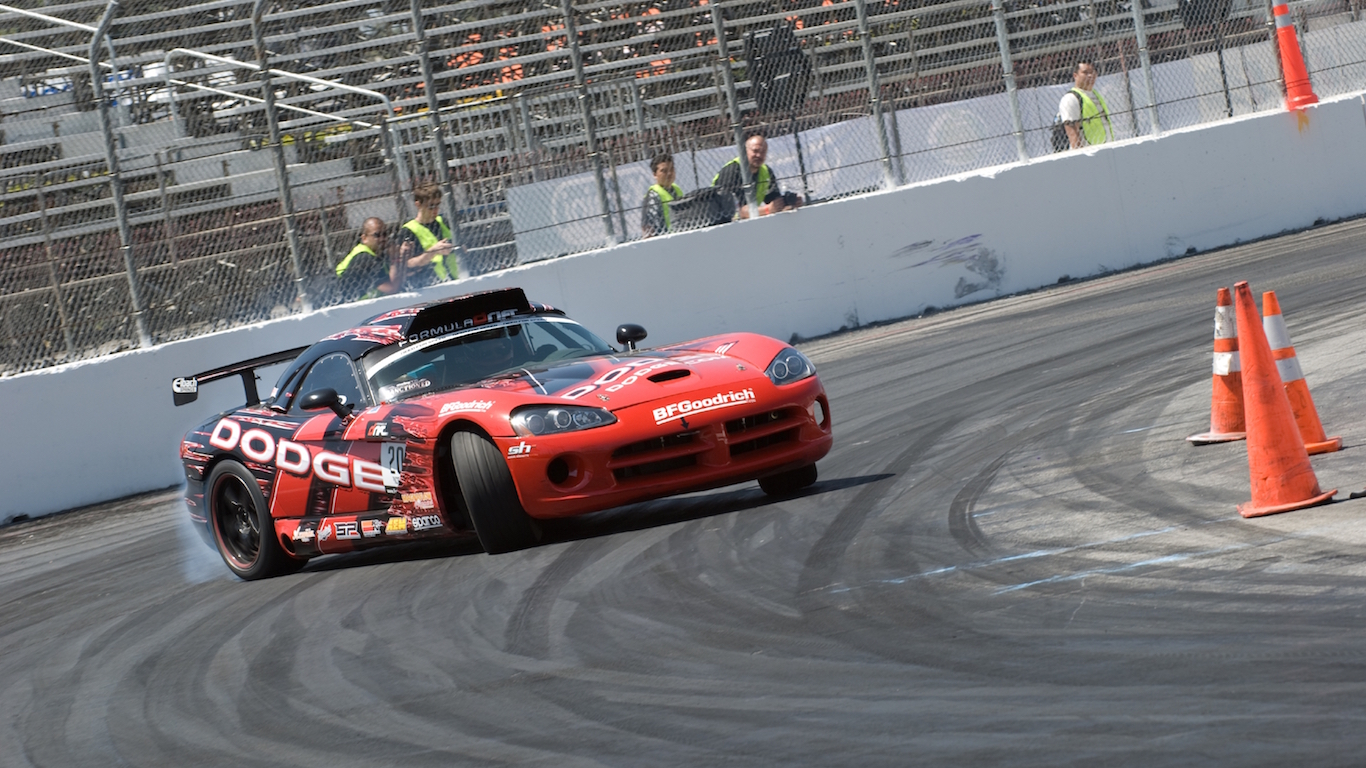
Dodge Viper SRT-10
© DodgeWe’ll finish with a car that really is for expert-level drifting only. The 8.4-litre V10 Viper is a pretty scary car to begin with, thanks to 600hp and 560lb ft of torque that can easily overwhelm its rear tyres. You’d need to be mad to want to drift one, but that’s exactly what Samuel Hübinette from Sweden has done. His particular competition-spec Viper has 825hp. Venomous.